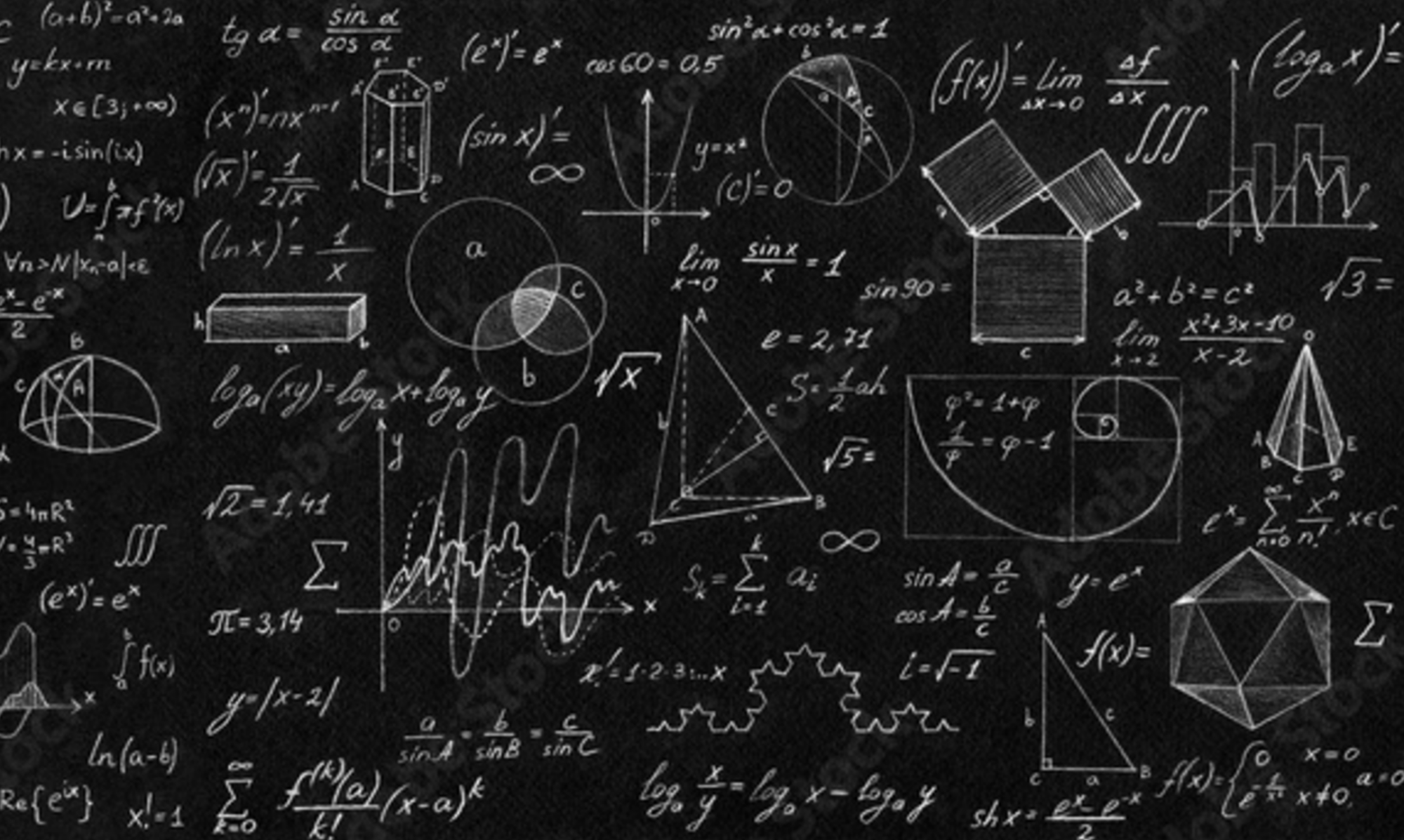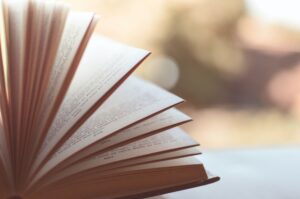Abstract
Picturebooks, in their multiple forms, are universal, many would agree. Everybody has some
experience reading a picturbook at a young age or to a young child as an activity of pleasure,
curiosity, learning, and exploration. Given their prevalence and educational importance (e.g.,
Heath, 1982), researchers have been exploring the potential effect of picturebooks in learning
mathematics. Within this context, picturebooks that focus on mathematics have been identified as
powerful resources to teaching mathematical ideas such as numbers, patterns, shapes, estimation,
measurement, sorting and classification, and quantitative relationships, to mention just a few. The
value of using picturebooks in teaching mathematics has long been established (e.g., Whitin, 1992)
and empirical research has provided some evidence to indicate a positive impact of using picture
books on kindergartens’ mathematics achievement (e.g., van den Heuvel-Panhuizen et al., 2016).
Fellus, O. (2022). Literature and the construction of the mathematical self: The case of picturebooks. Mathematics and its Connections to the Arts and Sciences. MACAS.

